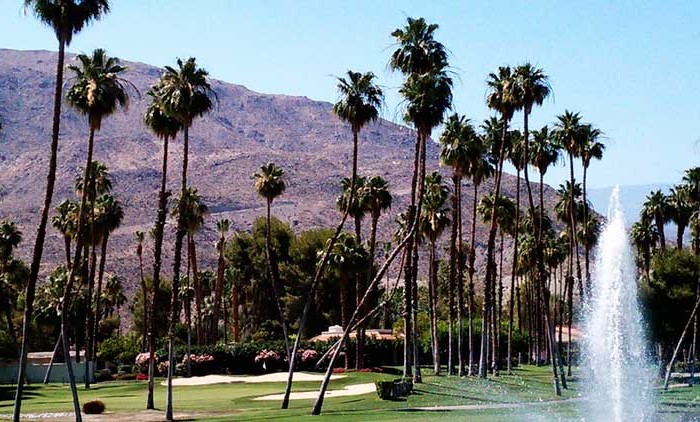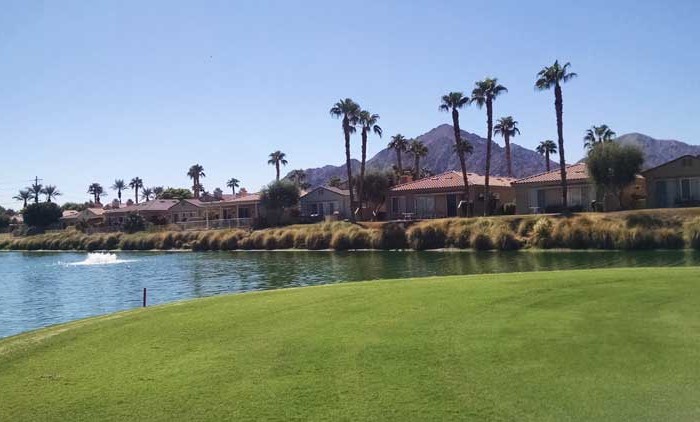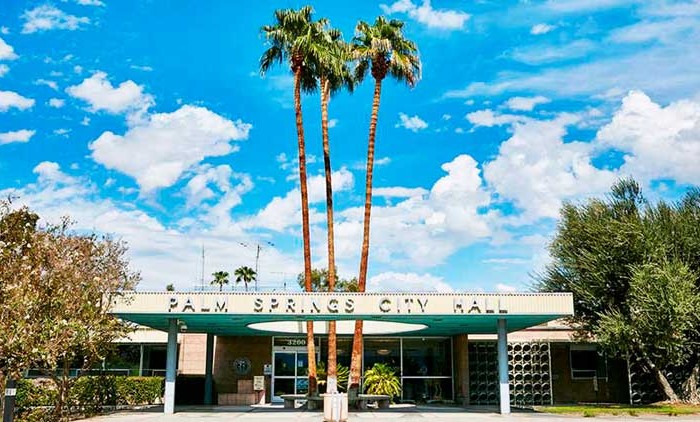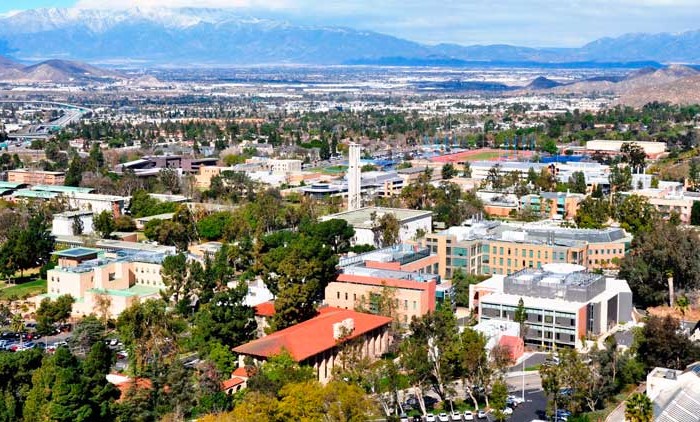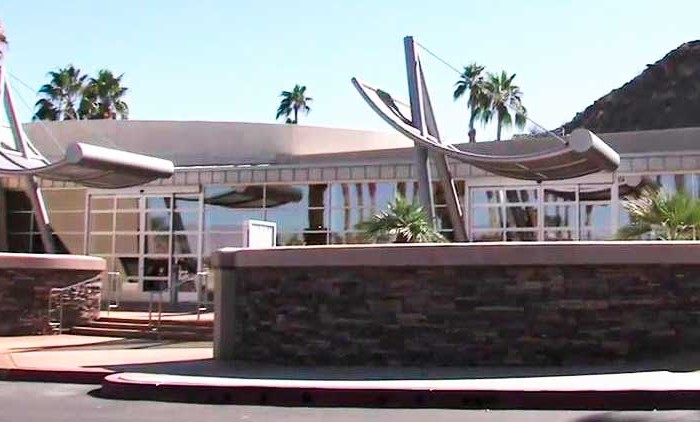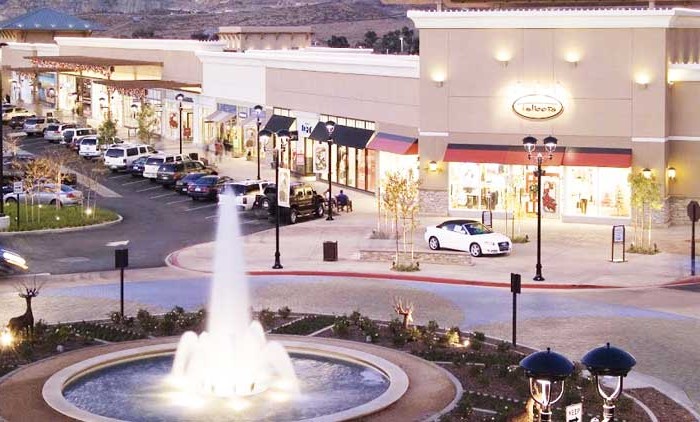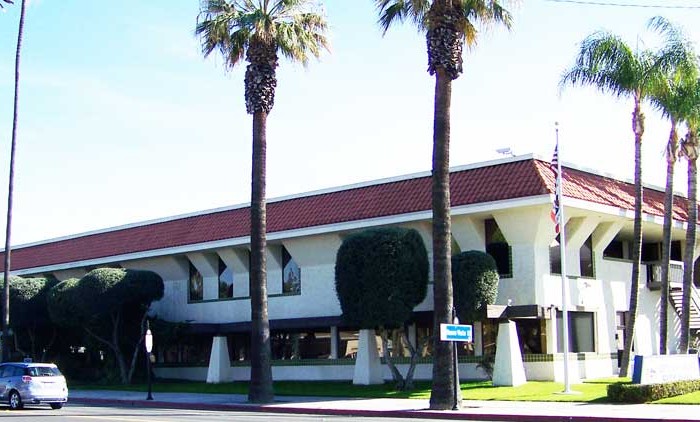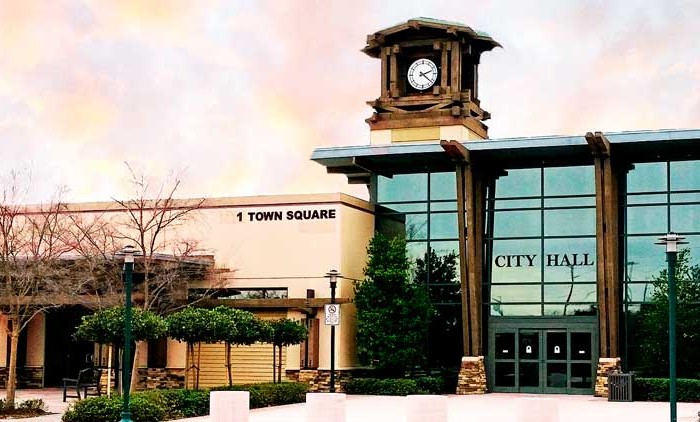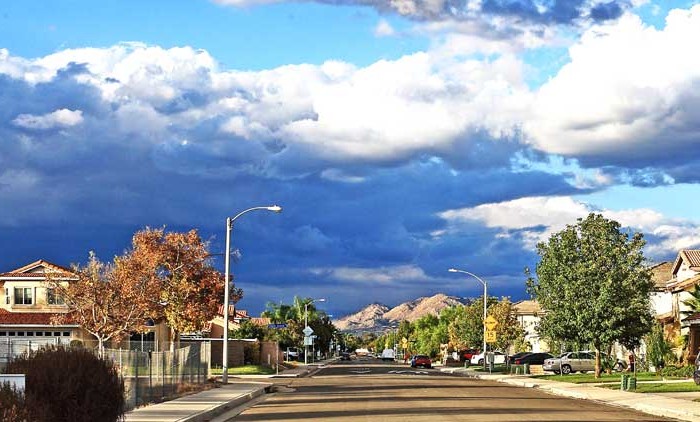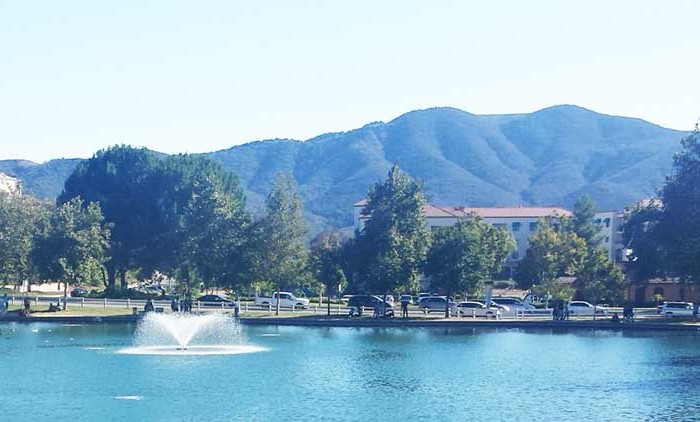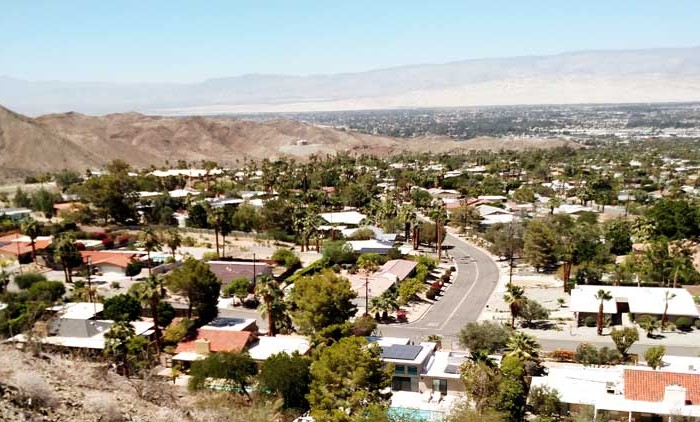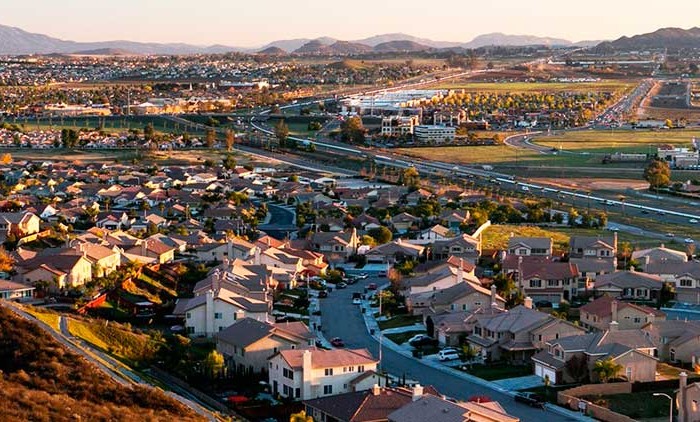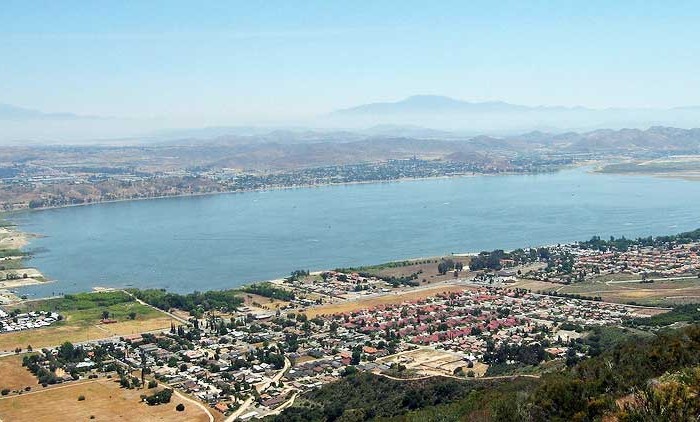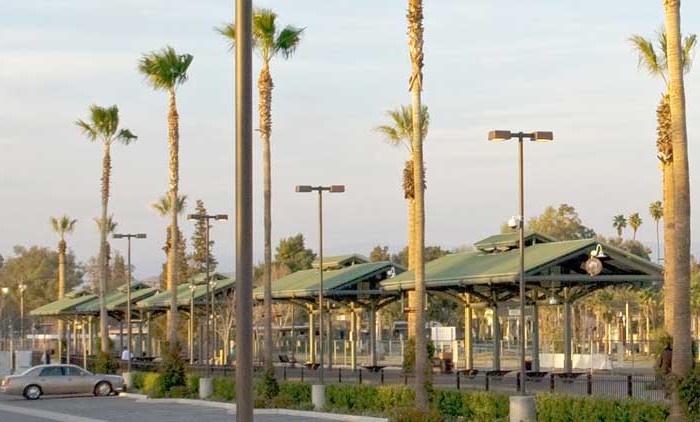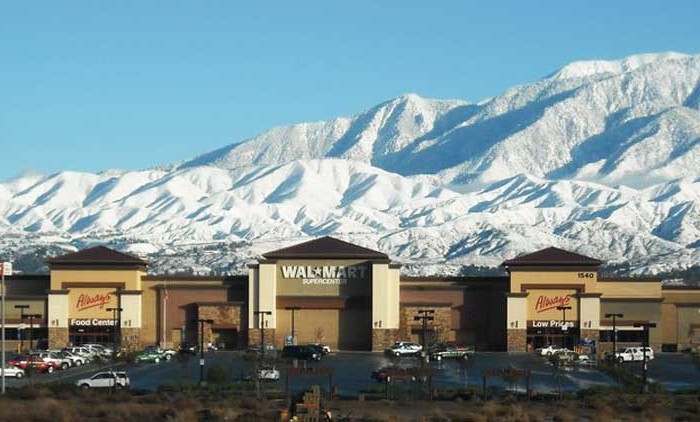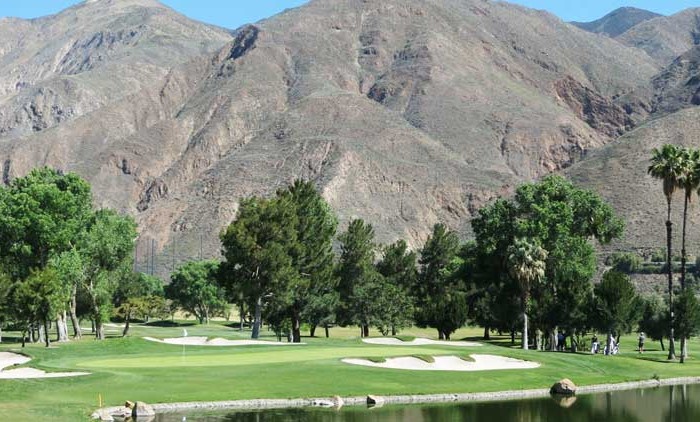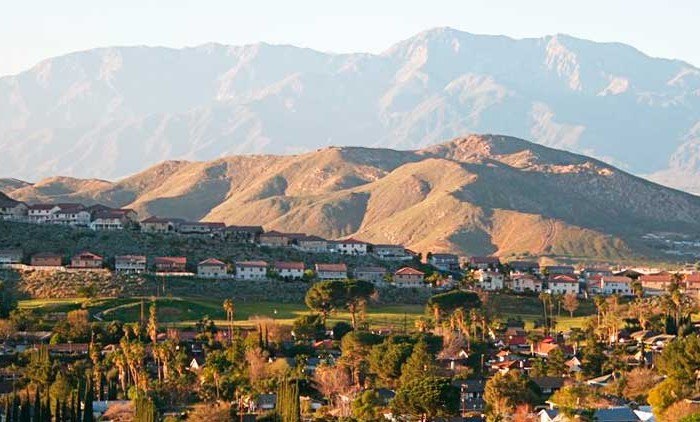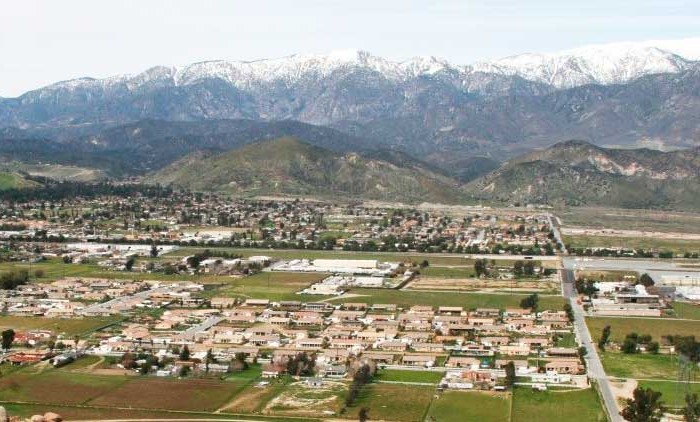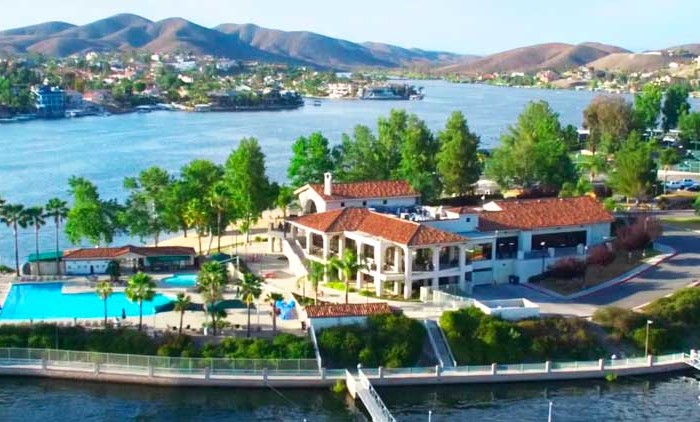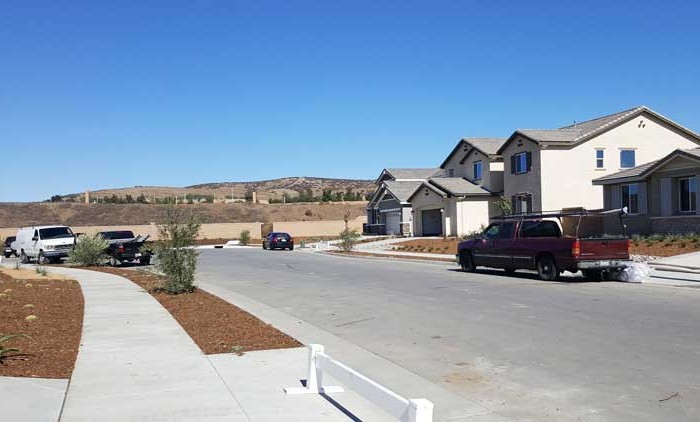Homes, condos and land for sale and rent in Beaumont, CA
Beaumont is bordered on the east by the city of Banning, on the south by the city of San Jacinto, on the west by the city of Calimesa, and on the north by the unincorporated community of Cherry Valley.
The sleepy town of San Gorgonio became an incorporated Californian city on November 18, 1912, and adopted its current name of Beaumont (French for “beautiful mountain”). As of 1927, the town boasted a small population of 857 with five churches, a public library, a bank, a high school, two local newspapers, several lumber yards, commercial packing houses, and a dehydrating plant. The city, one of Riverside County’s largest apple growers, was dubbed “the land of the big red apple” by local residents in its early years. Apple orchards in and around the town expanded to a $200,000 industry by 1930. Beaumont saw a rise in visitors and residents as the little-known nearby city of Palm Springs to the east grew to become a highly popular resort spot in the 1930s and after; Beaumont followed suit and attempted to capitalize on the tourism by establishing guest ranches. According to an early 1930s/1940s postcard, the Highland Springs Guest Ranch of Beaumont offered its patrons horseback riding, tennis, archery, horseshoes, swimming, shuffle-board, ping pong, baseball, ballroom dancing, massage, basketball, as well as a place to spend the night.
With an elevation of 2,500-3,000 feet above sea level, Beaumont is at the peak on the San Gorgonio Pass between San Bernardino, CA and Palm Springs, CA neighboring the California Interstate 10 and California State Route 60 freeways. If driving east to Banning or west to Calimesa, drivers can feel a gradual downward slope.
According to the United States Census Bureau, the city has a total area of 30.9 square miles (80 km2), of which, 99.96% of it is land and 0.04% is water.
The Census reported that 36,403 people (98.7% of the population) lived in households, 263 (0.7%) lived in non-institutionalized group quarters, and 211 (0.6%) were institutionalized.
There were 11,801 households, out of which 5,341 (45.3%) had children under the age of 18 living in them, 7,152 (60.6%) were opposite-sex married couples living together, 1,452 (12.3%) had a female householder with no husband present, 708 (6.0%) had a male householder with no wife present. There were 767 (6.5%) unmarried opposite-sex partnerships, and 106 (0.9%) same-sex married couples or partnerships. 1,906 households (16.2%) were made up of individuals and 695 (5.9%) had someone living alone who was 65 years of age or older. The average household size was 3.08. There were 9,312 families (78.9% of all households); the average family size was 3.44.
The population was spread out with 11,121 people (30.2%) under the age of 18, 2,904 people (7.9%) aged 18 to 24, 11,058 people (30.0%) aged 25 to 44, 7,905 people (21.4%) aged 45 to 64, and 3,889 people (10.5%) who were 65 years of age or older. The median age was 32.5 years. For every 100 females there were 95.2 males. For every 100 females age 18 and over, there were 91.1 males.
There were 12,908 housing units at an average density of 417.4 per square mile (161.2/km²), of which 8,846 (75.0%) were owner-occupied, and 2,955 (25.0%) were occupied by renters. The homeowner vacancy rate was 4.3%; the rental vacancy rate was 5.9%. 26,871 people (72.9% of the population) lived in owner-occupied housing units and 9,532 people (25.8%) lived in rental housing units.
According to the 2010 United States Census, Beaumont had a median household income of $67,758, with 11.2% of the population living below the federal poverty line.
- High schools: Beaumont, Glen View (continuation).
- Middle schools: Mountain View, San Gorgonio, Highland Academy Charter School.
- Elementary schools: Anna Hause, Brookside, Highland Springs, Palm Avenue, Sundance, Three Rings Ranch and Tournament Hills.
Other cities in Riverside county
Palm Desert Real Estate for sale and rent
Homes, condos and land for sale and rent in Palm Desert, CA Palm Desert is a city in Riverside County, California, United States, in the Coachella Valley, approximately 14 miles (23 km) east of Palm Springs [...]
La Quinta Real Estate for sale and rent
Homes, condos and land for sale and rent in La Quinta, CA La Quinta is a resort city in Riverside County, California, United States, specifically in the Coachella Valley between Indian Wells and Indio. The population was [...]
Palm Springs Real Estate for sale and rent
Homes, condos and land for sale and rent in Palm Springs, CA Palm Springs is a desert resort city in Riverside County, California, United States, within the Coachella Valley. It is located approximately 55 mi (89 km) [...]
Riverside Real Estate for sale and rent
Homes, condos and land for sale and rent in Riverside, CA Riverside is a city in Riverside County, California, United States, located in the Inland Empire metropolitan area. Riverside is the county seat of the eponymous county [...]
Rancho Mirage Real Estate for sale and rent
Homes, condos and land for sale and rent in Rancho Mirage, CA Rancho Mirage is a resort city in Riverside County, California, United States. The population was 17,218 at the 2010 census, up from 13,249 at the [...]
Indio Real Estate for sale and rent
Homes, condos and land for sale and rent in Indio, CA Indio is a city in Riverside County, California, United States, located in the Coachella Valley of Southern California's Colorado Desert region. It lies 23 miles (37 [...]
Corona Real Estate for sale and rent
Homes, condos and land for sale and rent in Corona, CA Corona is a city in Riverside County, California, United States. As of the 2010 census, the city had a population of 152,374, up from 124,966 at [...]
Hemet Real Estate for sale and rent
Homes, condos and land for sale and rent in Hemet, CA Hemet is a city in the San Jacinto Valley in Riverside County, California, United States. It covers a total area of 27.8 square miles (72 km2), [...]
Murrieta Real Estate for sale and rent
Homes, condos and land for sale and rent in Murrieta, CA Murrieta is a city in southwestern Riverside County, California, United States. The population of Murrieta was 103,466 at the 2010 census. Murrieta experienced a 133.7% population [...]
Moreno Valley Real Estate for sale and rent
Homes, condos and land for sale and rent in Moreno Valley, CA Moreno Valley is a city located in Riverside County, California and is part of the San Bernardino-Riverside Metropolitan Area. A relatively young city, its rapid [...]
Temecula Real Estate for sale and rent
Homes, condos and land for sale and rent in Temecula, CA Temecula is a city in southwestern Riverside County, California, United States, with a population of 100,097 during the 2010 census and an estimated 2013 population of [...]
Cathedral City Real Estate for sale and rent
Homes, condos and land for sale and rent in Cathedral City, CA Cathedral City is a city in Riverside County, California, United States. Locals gave it the nickname "Cat City". The population was 51,200 at the 2010 [...]
Indian Wells Real Estate for sale and rent
Homes, condos and land for sale and rent in Indian Wells, CA Indian Wells is a city in Riverside County, California, in the Coachella Valley. Incorporated in 1967, it lies in between Palm Desert and the resort [...]
Menifee Real Estate for sale and rent
Homes, condos and land for sale and rent in Menifee, CA Menifee, California is a city in southwestern Riverside County, California, United States and part of the Los Angeles Combined Statistical Area. Located nearly 8 miles (13 [...]
Lake Elsinore Real Estate for sale and rent
Homes, condos and land for sale and rent in Lake Elsinore, CA Lake Elsinore is a city in western Riverside County, California, United States. Established as a city in 1888, it is on the shore of Lake [...]
Desert Hot Springs Real Estate for sale and rent
Homes, condos and land for sale and rent in Desert Hot Springs, CA Desert Hot Springs, also known as DHS, is a city in Riverside County, California, United States. The city is located within the Coachella Valley [...]
Perris Real Estate for sale and rent
Homes, condos and land for sale and rent in Perris, CA Perris is a city in Riverside County, California, United States, located 17.6 miles (28.3 km) south of Riverside, California. At the 2010 census, the city population [...]
Beaumont Real Estate for sale and rent
Homes, condos and land for sale and rent in Beaumont, CA Beaumont is a city in Riverside County, California, United States located at a half mile elevation in the pass area south of Southern California's highest peak, [...]
San Jacinto Real Estate for sale and rent
Homes, condos and land for sale and rent in San Jacinto, CA San Jacinto is a city in Riverside County, California. It was named after Saint Hyacinth and is located at the north end of the San [...]
Wildomar Real Estate for sale and rent
Homes, condos and land for sale and rent in Wildomar, CA Wildomar is a city in Riverside County, California, United States. It was incorporated on July 1, 2008. The city is located in a fast-growing area. As [...]
Jurupa Valley Real Estate for sale and rent
Homes, condos and land for sale and rent in Jurupa Valley, CA Jurupa Valley is a city in Riverside County, California. On March 8, 2011, voters approved a ballot measure, designated as Measure A, to incorporate the [...]
Banning Real Estate for sale and rent
Homes, condos and land for sale and rent in Banning, CA Banning is a city in Riverside County, California, United States. The population was 29,603 at the 2010 census. It is situated in the San Gorgonio Pass, [...]
Canyon Lake Real Estate for sale and rent
Homes, condos and land for sale and rent in Canyon Lake, CA Canyon Lake is a city and gated community on Canyon Lake reservoir, located in western Riverside County, California, United States. Canyon Lake began as a [...]
Winchester Real Estate for sale and rent
Homes, condos and land for sale and rent in Winchester, CA Winchester is a census-designated place (CDP) in Riverside County, California, USA. As of the 2010 census, the CDP had a total population of 2,534, up from [...]

